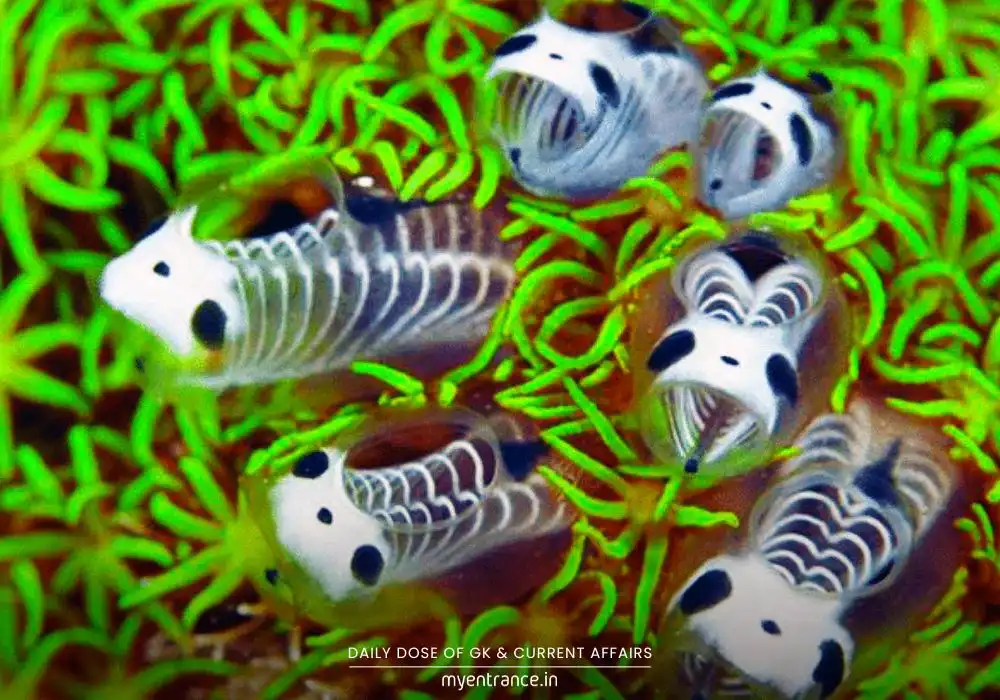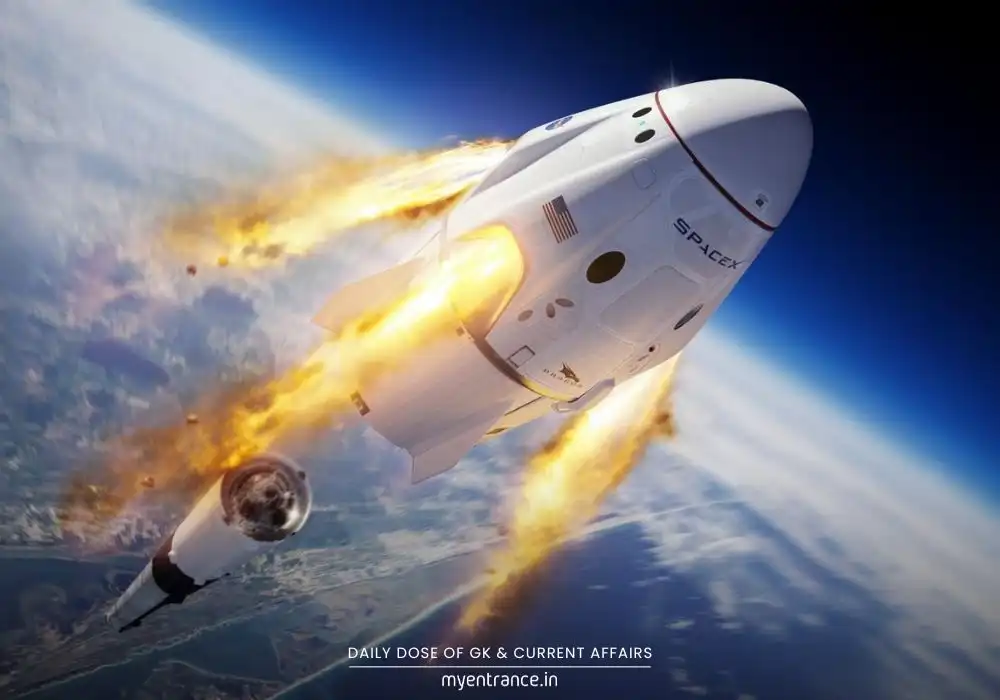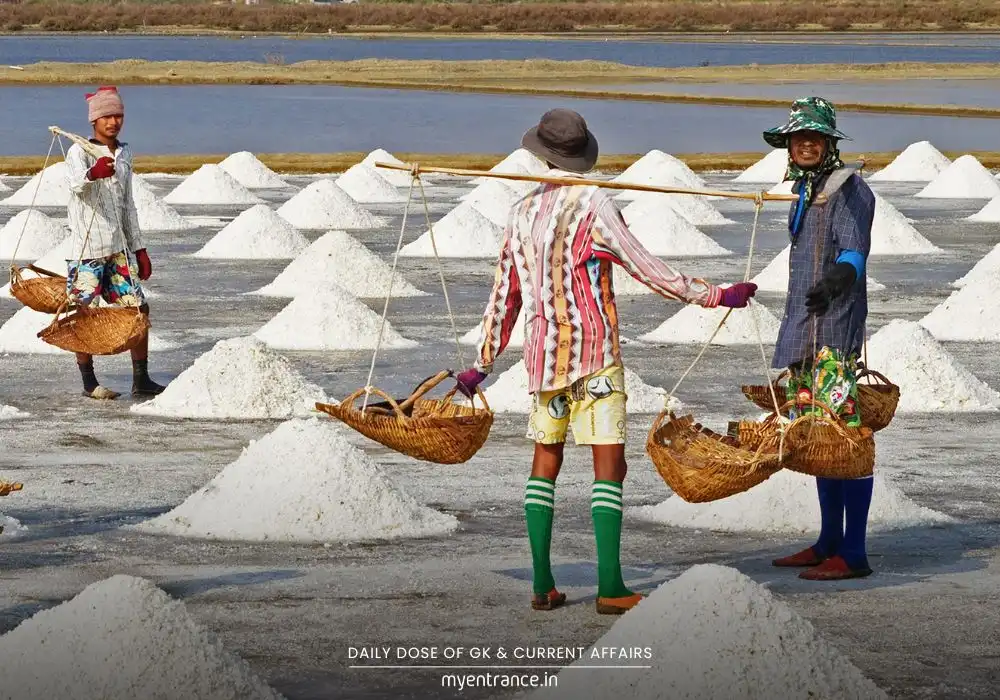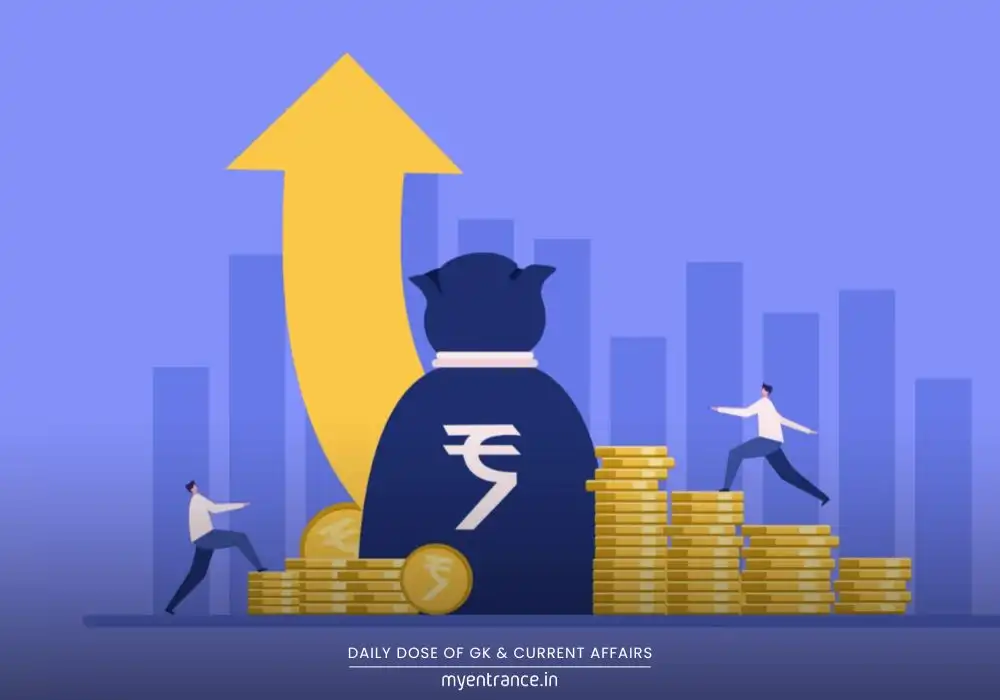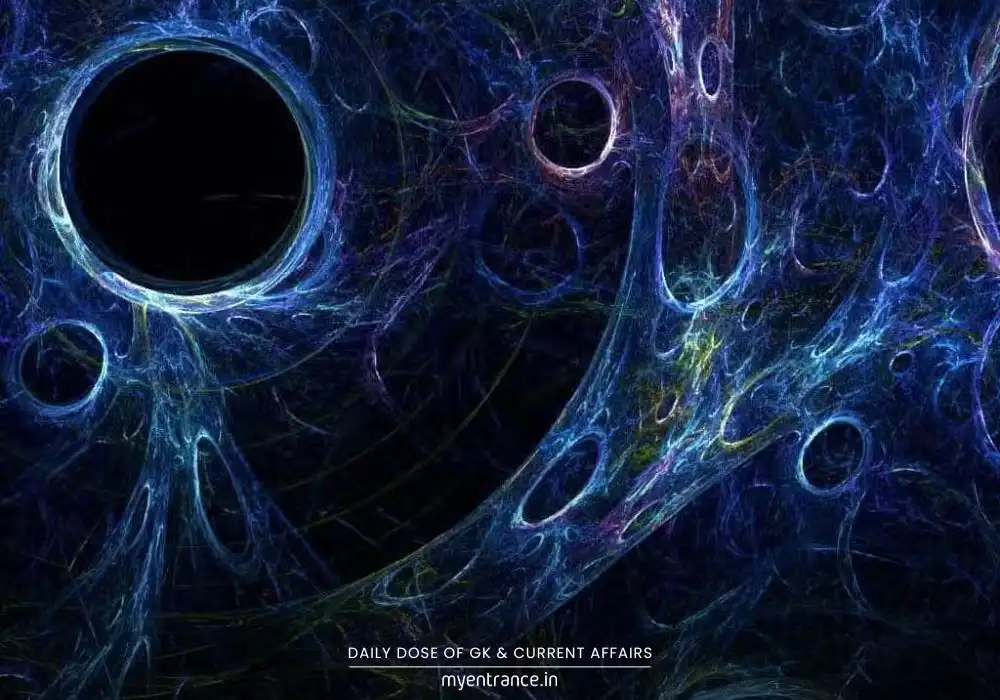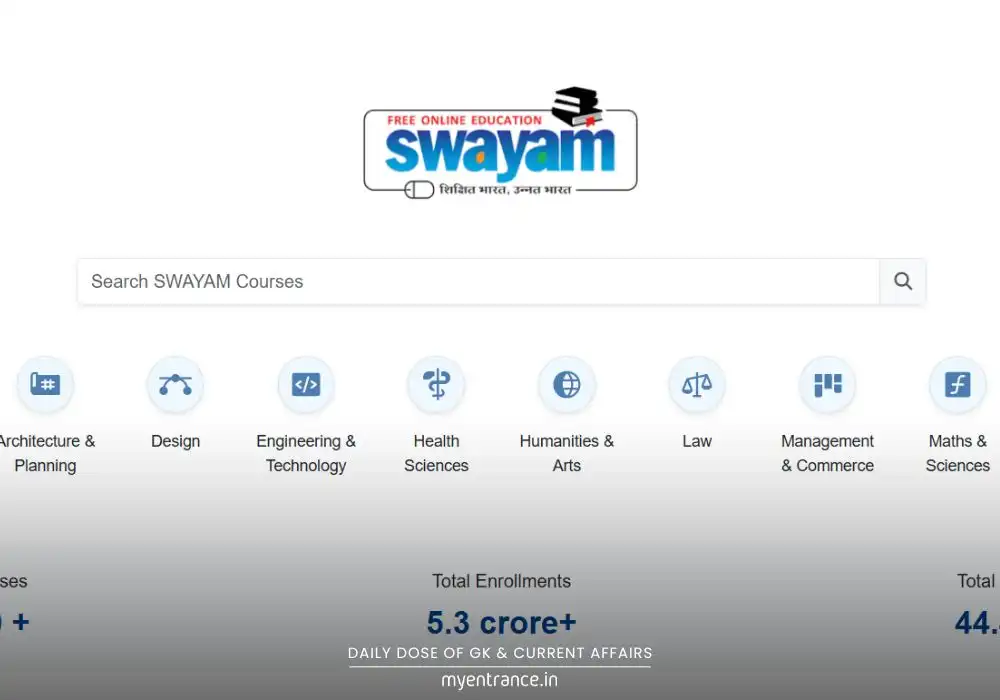Translate Language
How Did India Achieve 20% Ethanol Blending 5 Years Early?
India has successfully reached its 20% ethanol blending target with petrol five years before the 2030 deadline, as announced by the Indian Sugar & Bio-energy Manufacturers Association (ISMA). This milestone highlights the country’s rapid progress in sustainable fuel adoption, reducing pollution, cutting fuel import costs, and boosting farmers’ incomes.
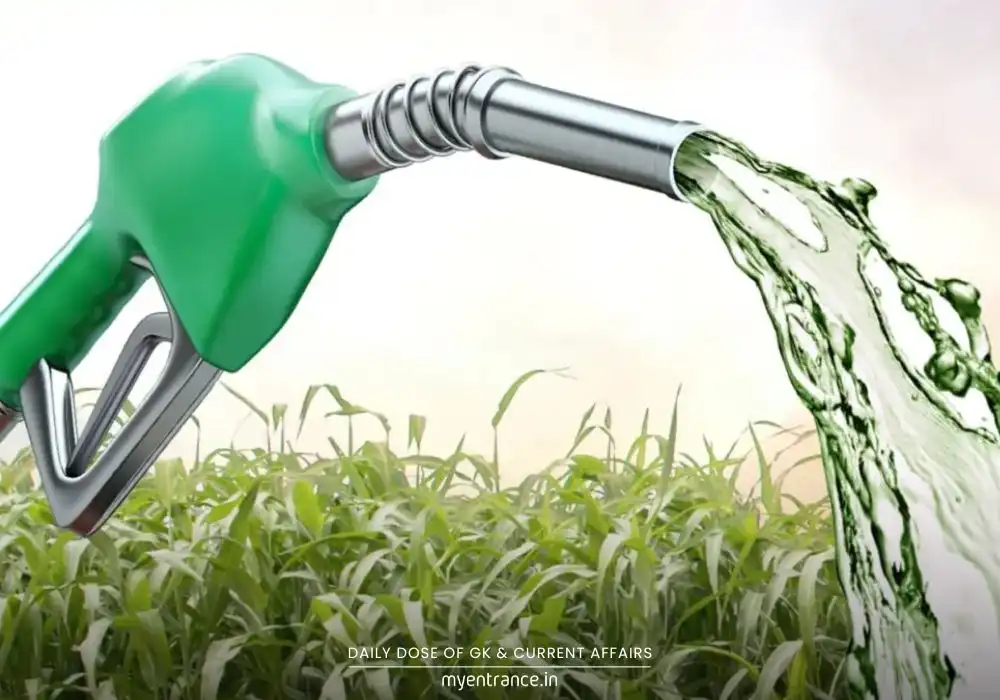
India’s Ethanol Blending Success: A Green Energy Triumph
In a remarkable achievement, India has hit its 20% ethanol blending target half a decade early, showcasing its commitment to cleaner energy and self-reliance. Back in 2014, ethanol blending was just 1.5%, but strong policy support and industry collaboration have driven exponential growth.
Key Highlights of India’s Ethanol Blending Program
Rise in Ethanol Production: From just 38 crore litres in 2014, production surged to 661 crore litres by June 2025.
Environmental Benefits: Reduced CO₂ emissions by 698 lakh tonnes, contributing to cleaner air.
Economic Gains for Farmers & Industry:
Farmers earned ₹1.18 lakh crore through sugarcane-based ethanol supply.
Distilleries generated ₹1.96 lakh crore in revenue.
Foreign Exchange Savings: India saved ₹1.36 lakh crore by cutting petrol imports.
Deepak Ballani, Director General of ISMA, praised the government’s policies, calling it a “monumental leap for energy independence and rural prosperity.” The sugar industry played a crucial role by supplying ethanol from sugarcane juice, B-heavy molasses, and agricultural by-products.
Why Ethanol Blending Matters
Reduces harmful emissions from petrol.
Supports farmers by creating an additional revenue stream.
Lowers India’s reliance on costly fuel imports.
Encourages automakers to develop E20-compatible engines, aligning with sustainable mobility trends.
This early success sets a strong foundation for India’s future in renewable energy and positions it as a global leader in green fuel adoption.
Questions & Answers on India’s Ethanol Blending Achievement
Q1: What is ethanol blending, and why is it important?
A1: Ethanol blending mixes petrol with ethanol (a biofuel) to reduce pollution and fossil fuel dependence. It cuts emissions, supports farmers, and saves foreign exchange.
Q2: How much has ethanol production increased since 2014?
A2: Production skyrocketed from 38 crore litres (2014) to 661 crore litres (2025), enabling 20% blending nationwide.
Q3: What are the economic benefits of ethanol blending?
A3: Farmers earned ₹1.18 lakh crore, distilleries made ₹1.96 lakh crore, and India saved ₹1.36 lakh crore in fuel import costs.
Q4: How does ethanol blending help the environment?
A4: It has reduced 698 lakh tonnes of CO₂ emissions, making petrol cleaner and lowering air pollution.
Q5: What’s next after achieving 20% ethanol blending?
A5: India may aim for higher blending targets, expand biofuel sources, and push for more E20-compatible vehicles to strengthen energy security.
India’s early success in ethanol blending proves that strong policy action and industry collaboration can drive sustainable growth. As the country moves towards greener energy, this achievement paves the way for a cleaner, self-reliant future.
Get 3 Months Free Access for SSC, PSC, NIFT & NID
Boost your exam prep!
Use offer code WELCOME28 to get 3 months free subscription. Start preparing today!

